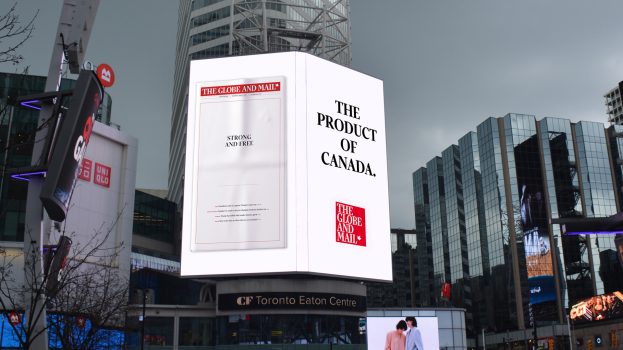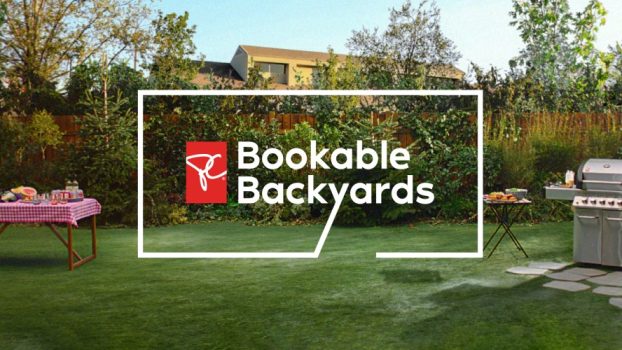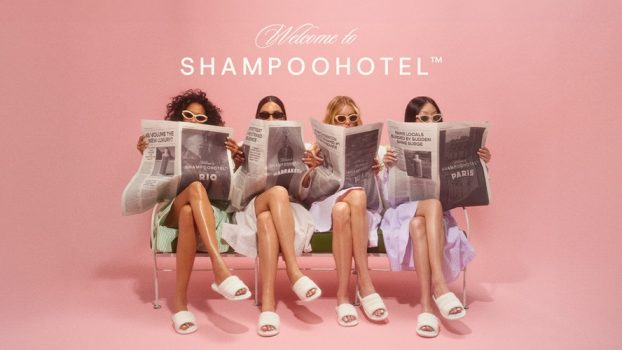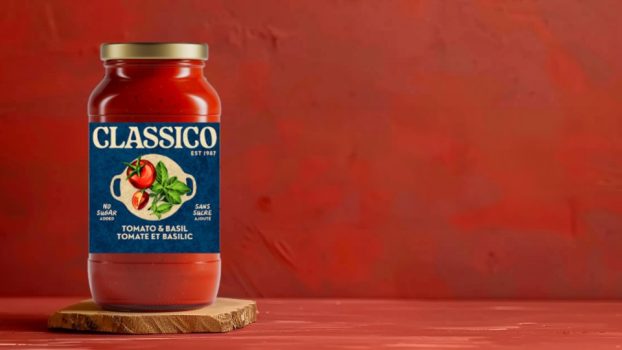Even if you’re not a movie junkie, you’ve no doubt happened upon the sea of green ‘Hulks’ that have surfaced on everything from straight-up ads for Ang Lee’s summer superhero flick The Hulk, to bags of Humpty Dumpty potato chips and even a banner on the side of Toronto’s CN Tower. What’s more, the big green guy has made his mark on products ranging from toothbrushes to toys, thanks to licensing agreements arranged by Marvel Entertainment and Universal Studios with 300 companies worldwide.
Particularly in the realm of entertainment promotion, companies have upped the ante in those precious weeks and months leading up to an event or product launch. And marketing budgets are expected to grow: according to New York-based PricewaterhouseCoopers’ ‘Entertainment and Media Outlook for 2003 to 2007,’ filmed entertainment spending in North America is projected to rise at a 7.2% compound annual rate, to reach $49.1 billion in 2007.
Marketers have been using traditional ad campaigns, guerrilla tactics, product tie-ins and licensing to keep the marketing ball rolling and help spur editorial ink, word of mouth, and in turn, sales. But, in cases like The Hulk, the brand has literally leapt off the screen to land itself in unexpected places, often catching the consumer unaware, begging the question: how much is too much?
Phillippe Garneau, partner and CD at Toronto-based GWP Brand Engineering, says there are risks involved with the blanket marketing approach, particularly when a brand doesn’t deliver, and cites the case of the 1998 movie Godzilla. ‘The city was Godzilla’d,’ he says, and adds, ‘You can overtax the customer and definitely overspend. The client might tell you it’s all good because it’s all awareness. But we believe that there’s such a thing as ‘junk awareness’ – it’s there, and it exists, but it’s not relevant to you at that point.’
Garneau says The Hulk was overpromoted and didn’t perform exceptionally well. While it set a June opening record of US$62.6 million, that was still well below another Marvel Comics adaptation, X2, which brought in US$85.6 million in its debut weekend. And The Hulk dropped by 70% in its second week. To be fair, there is an overall slump at the summer box office; according to Encino, Calif.-based movie tracker Exhibitor Relations, box-office revenues are down by 3.3% over last summer.
With The Hulk, packaged goods and even an automotive marketer got in on the action in Canada – everyone from Maple Leaf hot dogs to Pepsi promoted the film, either on-pack or by developing Hulk-themed goods. Kraft created green sour Hulk Life Savers candy, while Tylenol created an in-store display promotion touting the medication for ‘That Hulk of a headache.’
Debbie Gemmell, marketing and promotional manager for Universal Studios Canada, in Toronto, says partnering with extraneous brands was a way to build awareness for the film before it came out. For her part, in the hope of avoiding market oversaturation, Gemmell says she was selective in terms of choosing partner companies. ‘I was very methodical in making sure that didn’t happen and that every promotional partner had their own avenue.’
Gemmell can’t say definitively whether the promotional tie-ins helped spur film revenues, although she believes there was an impact. ‘If everybody’s aware that that movie’s coming out, it definitely increases the box office.’
Jeff Marchand, GM at Toronto-based Starcom Worldwide, says the Hulk marketing machine might have been too much for some consumers. ‘Not everybody is exposed to media at the same rate, at the same level. Some people have never seen Hulk messaging, therefore to them it’s not an issue, while to some, they’ve seen it ad nauseam. Hopefully, those people are in the target group.’
Marchand says frequency management is key in ensuring ad messages don’t get out of hand and that frequency should be determined according to its appropriateness for a brand. He also notes that beyond frequency of messages, frequency of distribution among viewers or listeners can also be an issue.
He adds, ‘I would guess that the strategy for The Hulk was to create a sense of carpet-bombing in terms of distribution of the message. Messaging should be really strong for very short-term, event-type stuff. In a way, the strategy is to bombard you.’
But Rob Young, co-founder, HYPN (now PHD Canada), says excessive media weight can occur with any brand when media spend is greater than the value of share or sales increase.
‘Ad overkill is an issue with every brand, with every product or service,’ says Young. ‘How you avoid too much weight is understanding the relationship between media exposure and share, what that curve looks like, and making sure you stay left of the point. In other words, make sure that you control the spend levels – if you reach that point quickly, your spend levels should be reduced and if you reach that point well down the road, then your spend levels need to be increased.’
Another entertainment brand that has increased its ad spend is Harry Potter. Harry Potter and the Order of the Phoenix, the fifth book in the J.K. Rowling series, launched June 21. Along with the typical promotional banners and posters, Raincoast Books, the Canadian publisher of Phoenix, hired fellow Vancouverite Palmer Jarvis DDB to help promote the book, which some have seen as unusual in Canadian publishing.
Desiree Zicko, marketing director for Raincoast, says the goal of the campaign is to ‘extend the talk of Harry’ to reach people on the margins. Cosmo Campbell, PJ DDB art director, adds that the radio and guerrilla campaign sought to reach ‘muggles’ – i.e. those who weren’t going to automatically run out and buy the book. Radio spots launched two days before the book came out, featuring witches and leprechauns seeking new employment, since they aren’t as adept in the magical arts as Harry Potter.
Campbell says radio was used primarily because of its ability to give strong presence in a short period of time. The campaign also included a guerrilla component, executed by Toronto-based TrojanOne, which included Hogwarts students who gave commuters in Toronto and Vancouver ‘Hogwarts Express tickets,’ which doubled as Phoenix bookmarks.
Across the globe, the book smashed publishing records in its first few days. In Canada, Indigo reported a first-day sales record of 100,000 copies, with another 100,000 copies pre-ordered online. Raincoast’s Zicko says that the initial print run was over one million copies, and the company has now gone back for a second run.
‘I don’t think there’s ever an issue of too much hype. It’s not like a launch over a long time period,’ says Campbell. ‘It’s one of those cases where you have a large volume of sales in the first two weeks. You have to come out of the gate with as much bang as possible.’
Garneau says the Harry Potter phenomenon is a different breed from The Hulk altogether. ‘I didn’t see Harry Potter as an advertising blitz so much as the press couldn’t keep their hands off it. The franchise was built – [the publishers] don’t have to do a thing,’ he says. ‘I wonder why they did [an ad campaign], but I don’t think it didn’t any harm. The book has lived up to its promise.’
Of course, word-of-mouth first propelled Harry Potter and Garneau believes it’s a key component to marketing an event. ‘There is the possibility to start a widespread movement by allowing people to discover things themselves.’
Garneau advises companies to use a political strategist’s approach – i.e. measuring the tolerance for certain messages – to ensure that advertising weight doesn’t get out of hand. ‘The client has to decide when they think the message has gotten through, and then strategically, peel back.’























